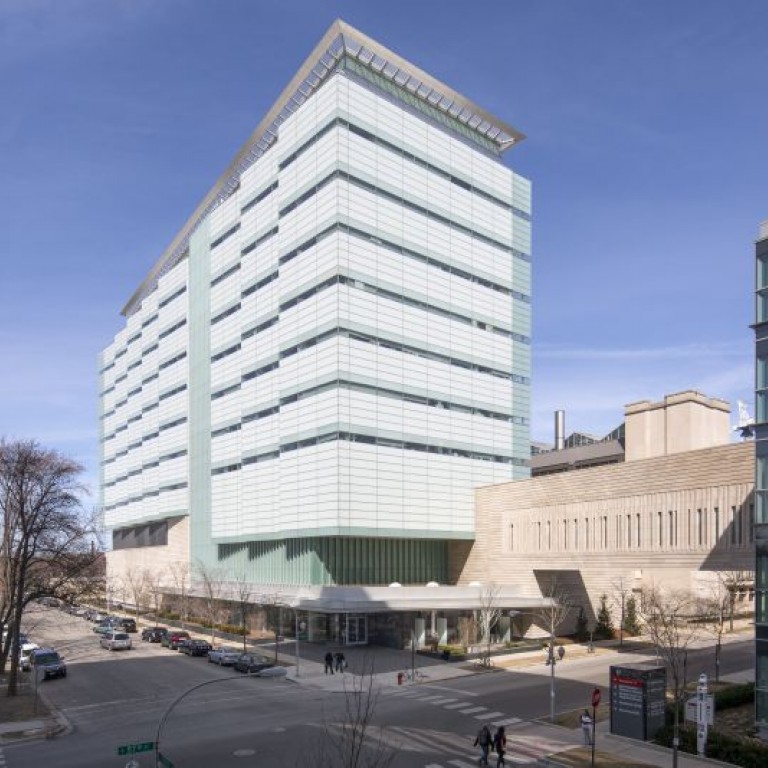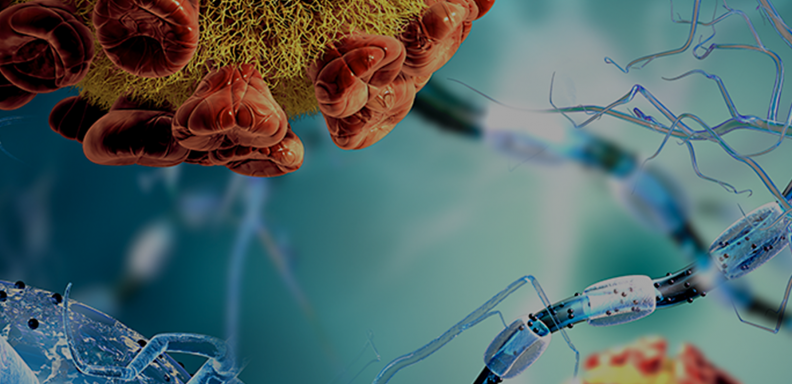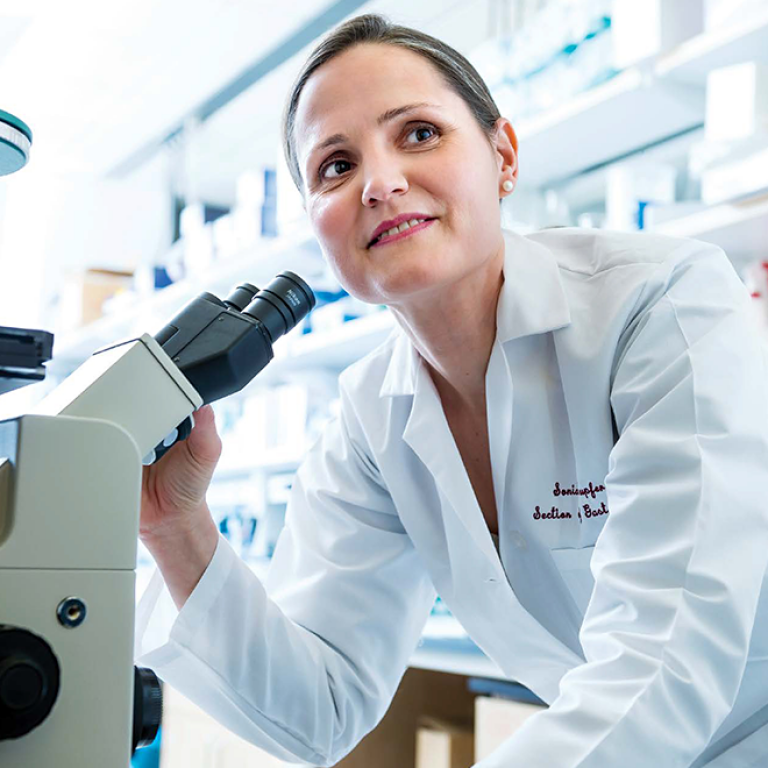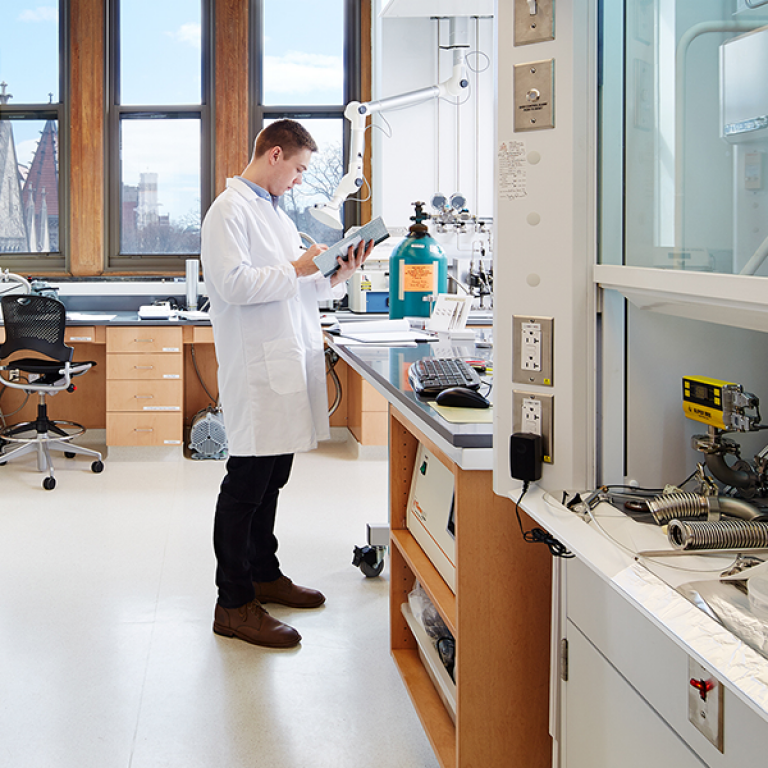Ever since Francis Crick established the central dogma of molecular biology, which highlights the genetic flow of information as it typically goes from DNA to RNA to protein, much work has gone towards expanding our knowledge of the intricacies of each pillar to provide insights on how cells work. Powerful techniques such as polymerase chain reaction (PCR), Sanger sequencing, and now next-generation sequencing (NGS) techniques have made reading the primary sequence of genomes comparatively simple and an important part of many molecular experiments.
However, there are multiple facets to a living creature, and sequencing genes only tells part of the story. Looking at the underlying biology of an organism is important for understanding how it operates, but perhaps equally important is understanding an organism’s environmental context and how certain stressors impact how a cell responds.
Fields such as epigenetics, the study of how one’s environment can impact gene expression, coupled with advancements in genomics, have allowed researchers to sequence and predict conformations of DNA, providing us with spatio-temporal information about DNA dynamics under various conditions. Standard techniques such as mass-spectrometry, fluorescence microscopy, and more recently, AI systems such as AlphaFold2, have provided insight into how proteins and protein folding patterns are regulated after translation, an important step to understanding another pillar of the central dogma.
While there have been many great advances in DNA and protein work, RNA, the metaphorical middle-child of the central dogma, has been understudied. There are many types of RNA molecules with their own respective functions, but briefly, transfer RNAs (tRNAs) are an essential adapter molecule and work cooperatively with messenger RNA (mRNA) and ribosomal RNA (rRNA) to complete protein synthesis. There are also other types of RNA that are non-coding and are not translated into proteins but function to regulate gene expression by binding to and degrading mRNA.
Recent developments in sequencing technology have given us insight into modifications that can be placed onto RNA after transcription, but more work needs to be done to determine how a particular modification can regulate RNA. There are over 170 types of modifications, many of which are dynamically controlled by “writer” and “eraser” proteins, and are affected by cell health. For example, a writer protein for the RNA modification N6-Methyladenosine (m6a), METTL3, has been shown to modify specific RNAs that activate the transcription of antioxidant genes in response to oxidative stress.
In the lab of Tao Pan at the University of Chicago, we focus on this so-called field of epitranscriptomics, the study of biochemical factors and modifications that influence RNA function, to explore how it affects gene expression and ultimately how cells respond to stress. Because m6a is one of the most abundant RNA modifications, the lab has focused on it and found that the modification can act as a scaffold for proteins that recognize and bind to m6a and affect mRNA abundance and splicing patterns. This “m6a-switch” has been an important step into understanding the physiological roles of the modification.
The Pan Lab is also interested in developing new sequencing techniques that will not only bolster our own molecular toolkit, but also advance the field as a whole. Since many common RNA-sequencing methods are unadaptable to small RNA species — RNAs less than 200 nucleotides —members of the lab created a method called multiplex small RNA sequencing (MSR-seq) to see how tRNAs get modified under heat shock and chemical stress. We used the technique to measure the human tRNA response on SARS-CoV-2 infection and found that tRNA abundance and modification is distinct between mild and severe cases of COVID-19. In the future, the lab wants to further understand tRNA properties as biomarkers for clinical outcomes of other diseases.
As a graduate student researcher in the lab, one of my research interests surrounds the RNA modification pseudouridine. This molecule has been the target of renewed interest because its derivative is incorporated into common mRNA-based vaccines against SARS-CoV-2. I am especially interested in pseudouridine’s role in translation and the mechanisms that confer its ability to avoid innate immune responses in cells. I hope that my research can provide more clues to how cells perform such tight orchestration of its components through RNA.



